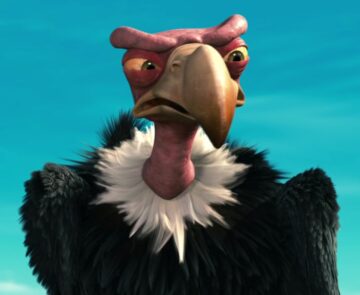by Tim Sommers

“I’d rather entrust the government to the first 400 people listed in the Boston telephone directory,” William Buckley once said, “than to the faculty of Harvard University.” If we can put aside his right-reactionary politics and look past the performative anti-intellectualism on display here (from a Yalie!), there is the seed of an interesting question here. Could we replace elections with random selections?
A recent mini-movement among political philosophers has answered, yes, we could. Arguably the leader of this movement, Alexander Guerrero, author of Lotacracy: Democracy Without Elections (2024), has gone further arguing we should eliminate voting in favor of a lottery system to appoint our political representatives. Here’s Guerrero describing his view and its advantages.
We would be better off using randomly chosen citizens, selected to serve on single-issue legislatures (each covering, say, transportation or education or agriculture), who would learn about the relevant issues in detail and engage with each other over an extended period of time to make policy decisions. Instead of a generalist legislature like Congress, we would have 30 single-issue legislatures, each with 300 randomly-chosen citizen legislators serving three-year terms. A true random selection of citizens age 18 and up could be established using mechanisms like those used for jury selection. Those selected wouldn’t be required to serve, but a significant salary, the promise to accommodate family and work requirements, and the sense that service is a civic duty and honor should encourage them. Without elections, we would lose the sense that ‘our team’ wins or loses. We wouldn’t have teams in the same way. Moving away from a generalist legislative process opens up places for us to identify issues on which we agree rather than having our attention concentrated on those few issues that most deeply divide us. Without campaign promises, political ads and re-elections, we could finally move beyond the capture and control of political institutions by wealthy corporate interests. This would truly return democratic control to the people.
I am not a huge fan of this view, but I have to say Guerrero deserves a lot of credit for his tightly argued, imaginative work. As John Rawls emphasized in developing his own theory of “justice as fairness,” the best way to evaluate ethical and normative political views is to have well-developed, comprehensive alternatives to compare. Guerrero has certainly developed – across 464 pages – a comprehensive alternative to democracy as currently practiced. Also, props to Guerrero for the bravado involved in even imaging an alternative to conventional democratic politics – especially in such detail.
Lotacracy is not entirely unprecedented. Athens had one. Sort of. Our current jury system can be seen that way. And there have been recent experiments with lotacracy around the world, for example, in Canada. But these lotteries have been been quite limited, deliberative rather than legislative, and advisory only.
Guerrero says he has four main reasons to prefer lotteries to elections. Read more »

 If poets are to take Imlac’s advice – and I’m not necessarily sure they should – then the proper season for doing so must be winter. No streaks of the tulip to distract us, and the verdure of the forest has been restricted to a very limited palette. Then the snow comes, and the world becomes a suggestion of something hidden, accessible only to memory or anticipation, like a toy under wrapping. Perhaps “general properties and large appearances” are accessible to us only as we gradually delete the details of life; we certainly don’t seem to have much access to them directly. This is knowledge by negation; winter is the supreme season for apophatic thinking.
If poets are to take Imlac’s advice – and I’m not necessarily sure they should – then the proper season for doing so must be winter. No streaks of the tulip to distract us, and the verdure of the forest has been restricted to a very limited palette. Then the snow comes, and the world becomes a suggestion of something hidden, accessible only to memory or anticipation, like a toy under wrapping. Perhaps “general properties and large appearances” are accessible to us only as we gradually delete the details of life; we certainly don’t seem to have much access to them directly. This is knowledge by negation; winter is the supreme season for apophatic thinking.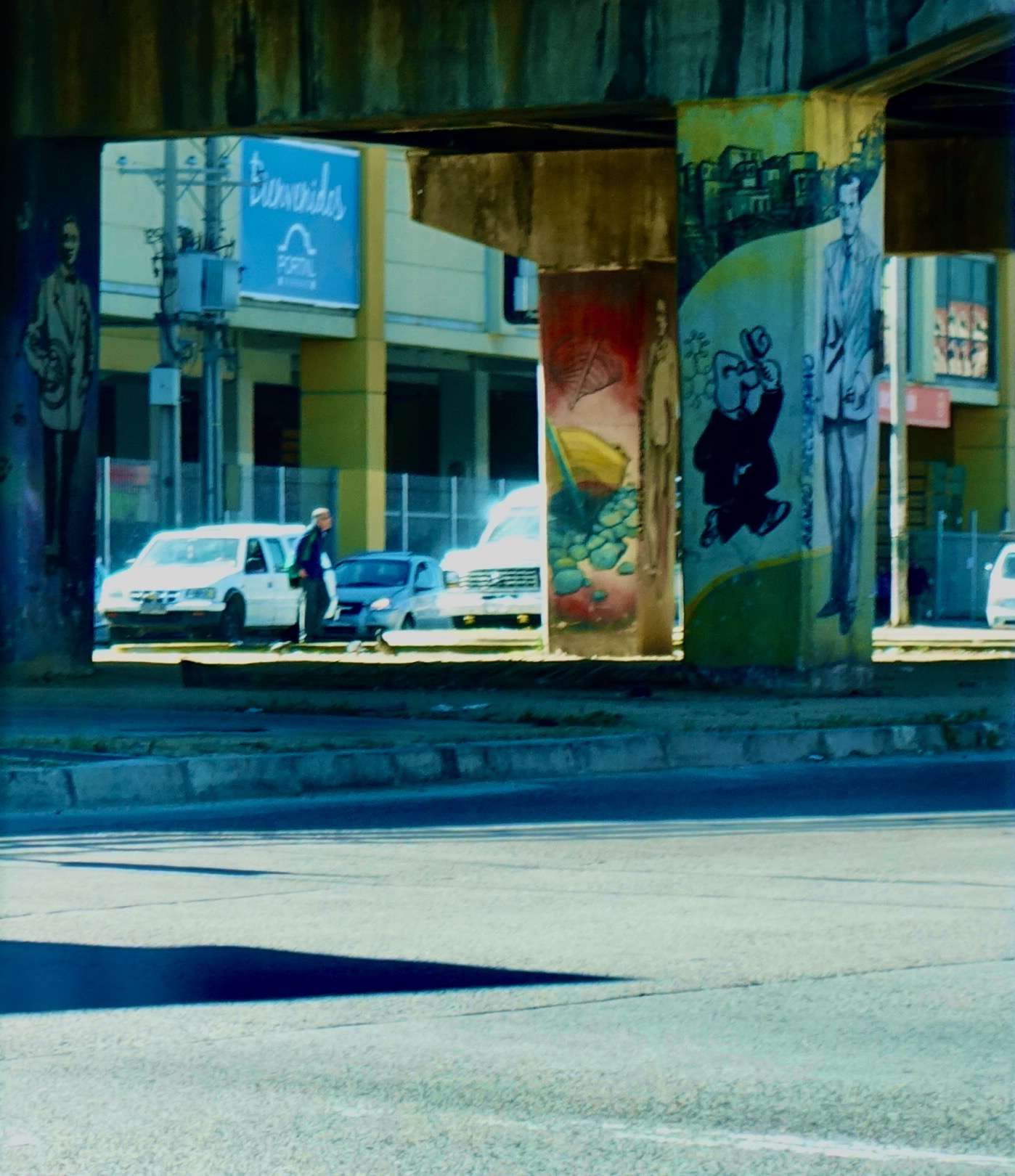 Sughra Raza. Underbelly Color and Shadows. Santiago, Chile, Nov, 2017.
Sughra Raza. Underbelly Color and Shadows. Santiago, Chile, Nov, 2017.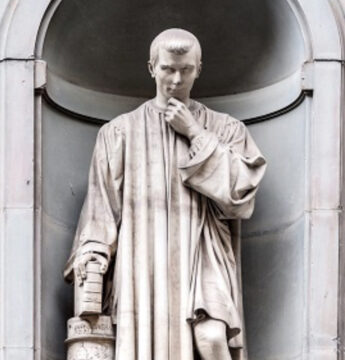

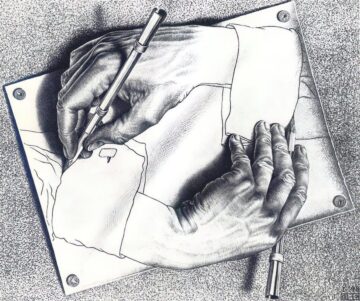
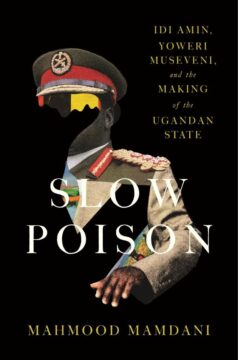 In June 1976, an Air France flight from Tel Aviv to Paris was hijacked by members of the Popular Front for the Liberation of Palestine along with two German radicals, diverted to Entebbe, Uganda, and received with open support from Idi Amin. There, the hijackers separated the passengers—releasing most non-Jewish travelers while holding Israelis and Jews hostage—and demanded the release of Palestinian prisoners. As the deadline approached, Israeli commandos flew secretly to Entebbe, drove toward the terminal in a motorcade disguised as Idi Amin’s own and stormed the building. In ninety minutes, all hijackers and several Ugandan soldiers were killed, 102 hostages were freed, and three died in the crossfire. The only Israeli soldier lost was the mission commander, Yoni Netanyahu.
In June 1976, an Air France flight from Tel Aviv to Paris was hijacked by members of the Popular Front for the Liberation of Palestine along with two German radicals, diverted to Entebbe, Uganda, and received with open support from Idi Amin. There, the hijackers separated the passengers—releasing most non-Jewish travelers while holding Israelis and Jews hostage—and demanded the release of Palestinian prisoners. As the deadline approached, Israeli commandos flew secretly to Entebbe, drove toward the terminal in a motorcade disguised as Idi Amin’s own and stormed the building. In ninety minutes, all hijackers and several Ugandan soldiers were killed, 102 hostages were freed, and three died in the crossfire. The only Israeli soldier lost was the mission commander, Yoni Netanyahu.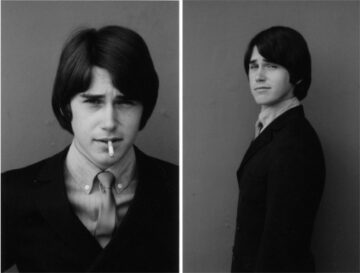




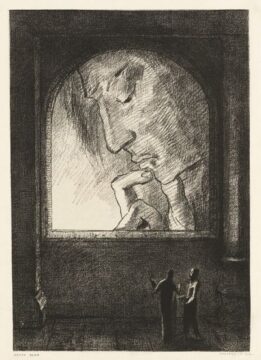

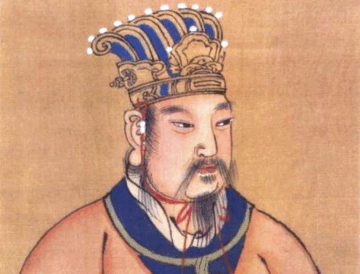
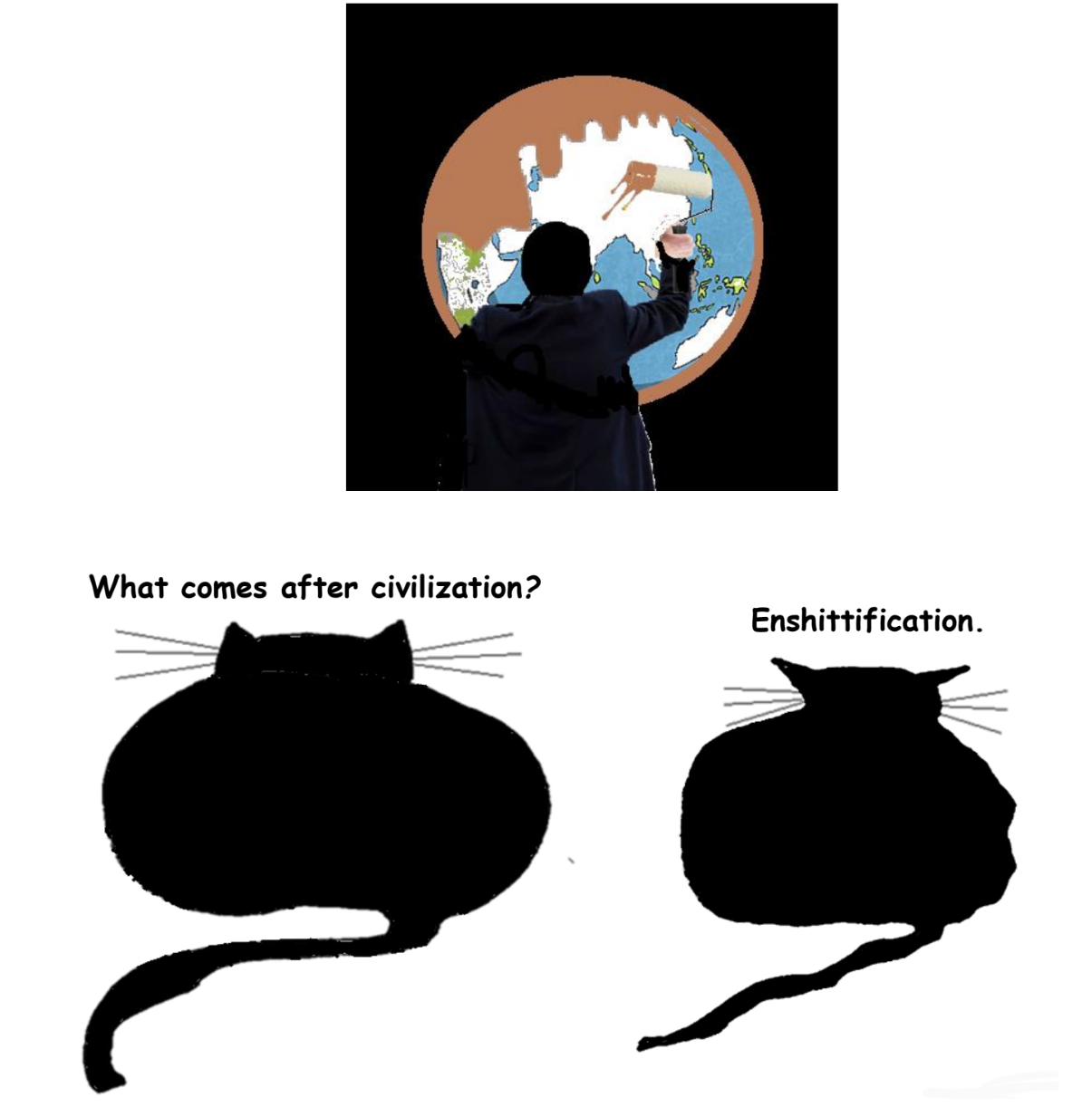
 When I turned fifty, I went through the usual crisis of facing that my life was—so to speak—more than half drunk. After moping a while, one of the more productive things I started to do was to write letters to people living and dead, people known to me and unknown, sometimes people who simply caught my eye on the street, sometimes even animals or plants. Except in rare cases, I haven’t sent the letters or shown them to anyone.
When I turned fifty, I went through the usual crisis of facing that my life was—so to speak—more than half drunk. After moping a while, one of the more productive things I started to do was to write letters to people living and dead, people known to me and unknown, sometimes people who simply caught my eye on the street, sometimes even animals or plants. Except in rare cases, I haven’t sent the letters or shown them to anyone.